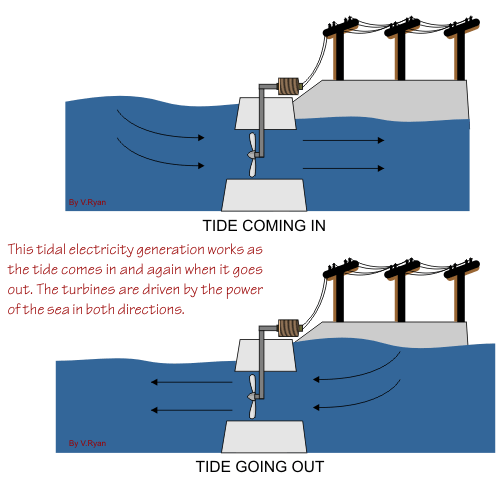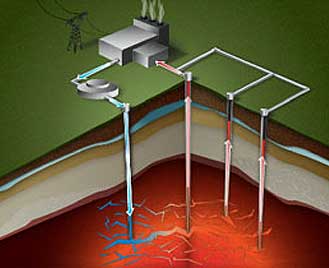NASA Should Be Monitoring Global Climate Change with the Deep Space Climate Observatory
Written by: Bill DonahuePublished on: April 6th, 2011
http://ic.galegroup.com/ic/ovic/ViewpointsDetailsPage/ViewpointsDetailsWindow?failOverType=&query=&prodId=OVIC&windowstate=normal&contentModules=&mode=view&displayGroupName=Viewpoints&limiter=&currPage=&disableHighlighting=false&sortBy=&displayGroups=&action=e&catId=&activityType=&scanId=&documentId=GALE%7CEJ3010811229&userGroupName=hatterslib&jsid=8c56e83fd7d20c3414260534380cfdd6
The picture above shows Triana, or recently renamed Deep Space Climate Observatory. This sophisticated piece of machinery is a satellite implemented by Al Gore to help the world keep track of climate change.
l Summary: Climate change has been a serious concern for the world in recent years. Various predictions of incredibly harsh climate has spurred action on all sides to fix our impending disaster. Al Gore, an important politician and climate change activist, implemented a plan to create a satellite capable of measuring the earths climate. It's new technology allowed NASA to observe the earth's albedo. Albedo is the amount of solar energy that our planet reflects into space versus the amount it absorbs. However, it's departure into our solar system has been indefinitely halted. Among political indifference's, NASA is unsure how to protect the satellite from cosmic rays grinding the fragile components of the device. Also, a large concern remains as to whether the satellite would remain in place for an extended amount of time. However, hope for the Deep Space Climate Observatory glistens. Recently, President Obama allocated 9 million dollars to the refurbishing and preparation of the satellite. Donahue ends with a pressing statement. That Triana isn't just a satellite, but a solution to a overhanging problem our world faces.
Opinion/Reflection: I was very interested to read about this space satellite. It astounds me that NASA has the technological capability to build such a complicated piece of machinery. While we face many uncertainties in the launching of this satellite, I think it's a key solution to obtain knowledge on our situation. Providing our citizens with facts and figures about global climate change is absolutely necessary. Too often I find myself hearing conflicting stories about our global climate change. It's time we get the facts, and this satellite will bring us one step closer to the truth.
Questions:
1. Do you think climate change is a valid issue? How would measuring solar energy be helpful?
2. What are other ways we could measure climate change other than Albedo?
3. NASA has chosen you to take part in a project whose goal is to understand climate change better. Would you use the satellite as your solution to the project, or do you have another idea? If you chose the satellite, what could be added to improve its accuracy, efficiency, protection ect.?












